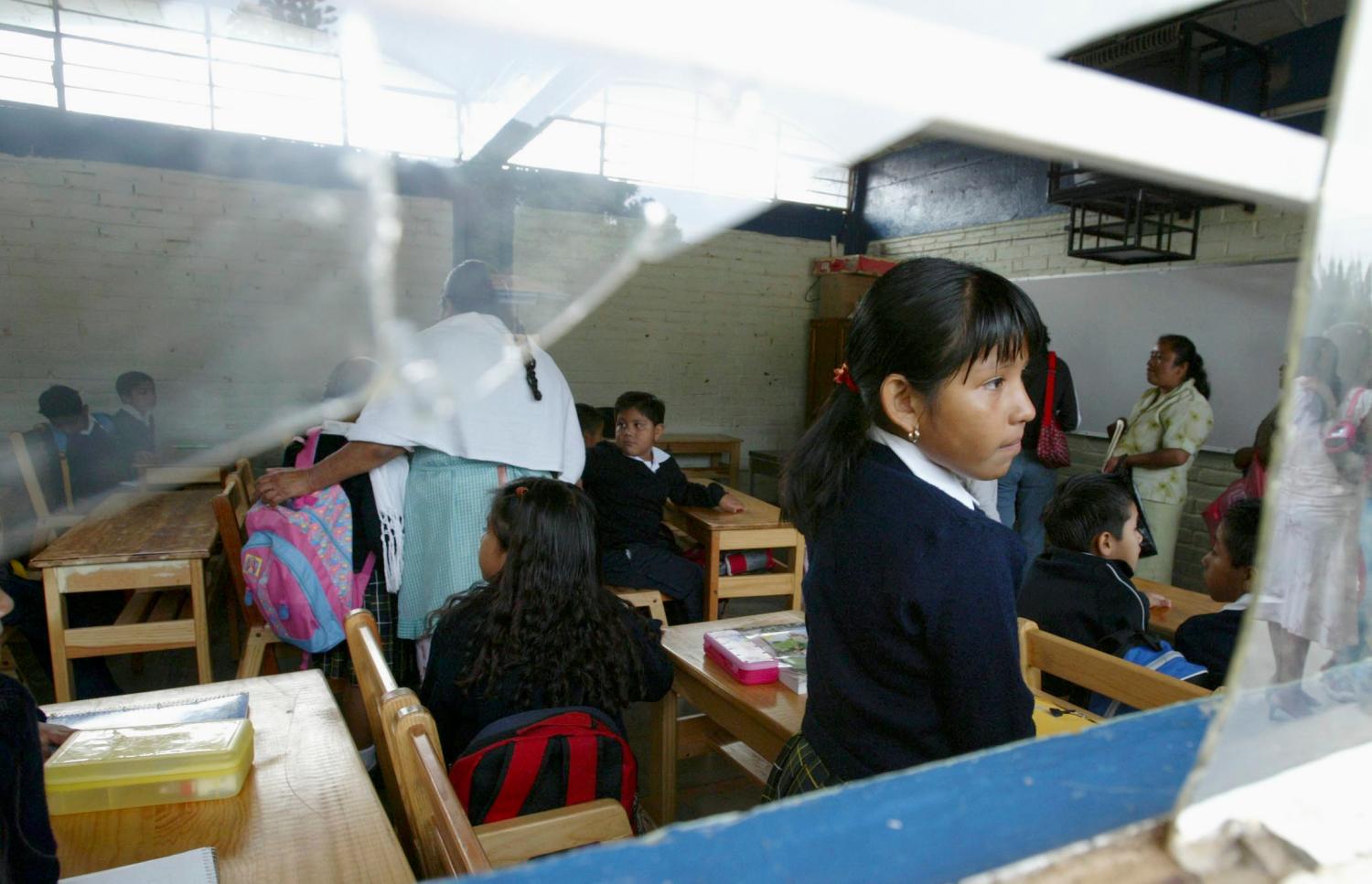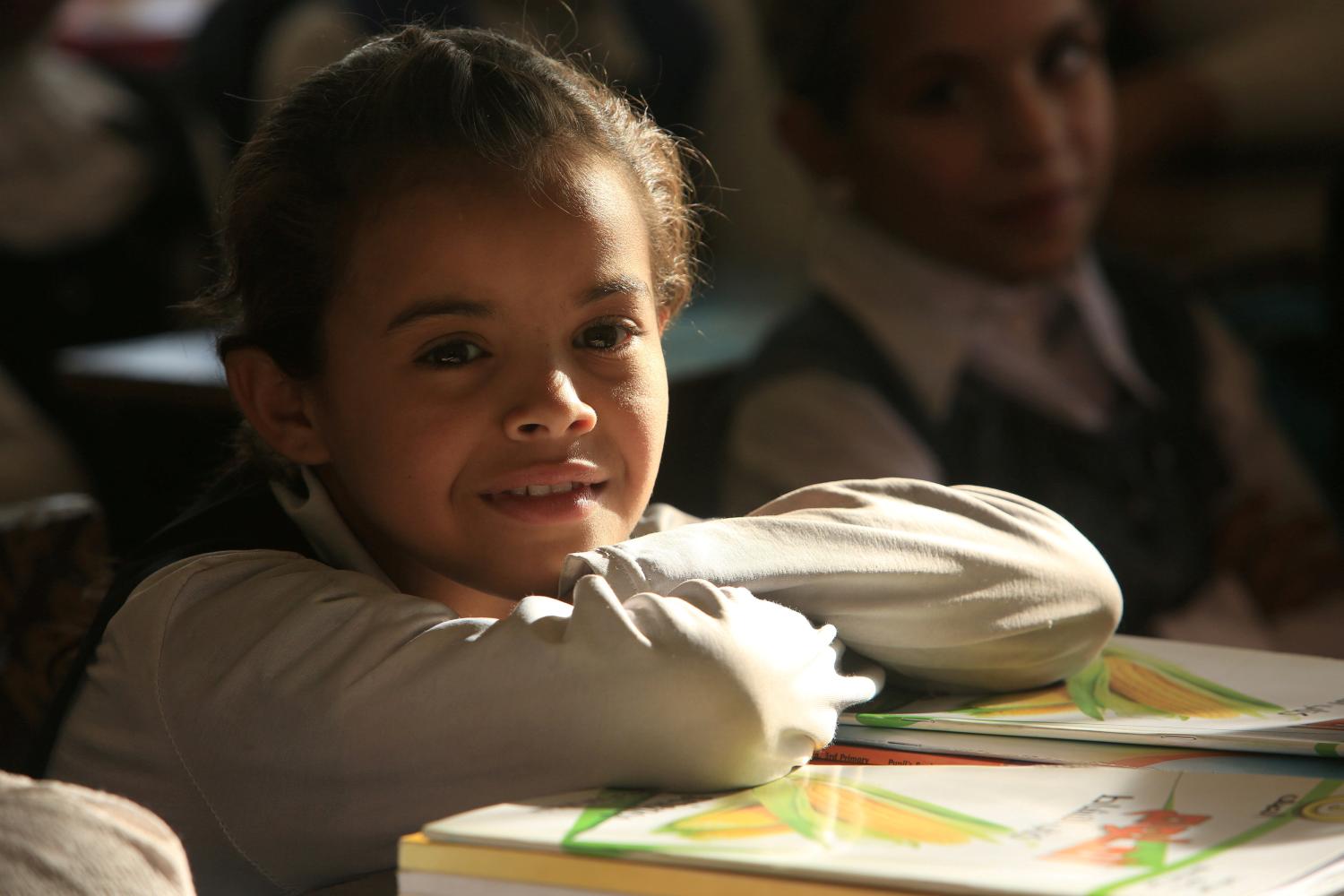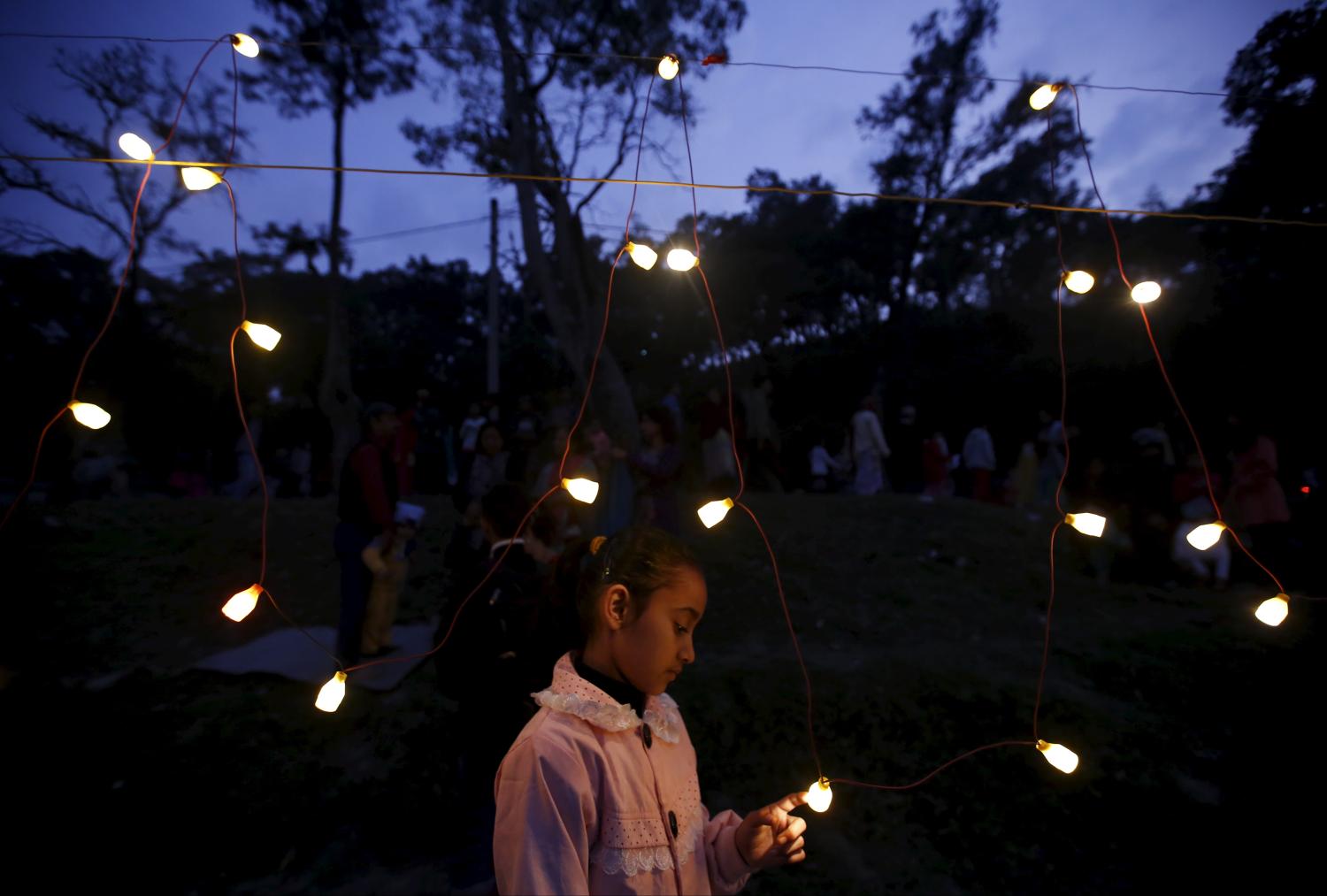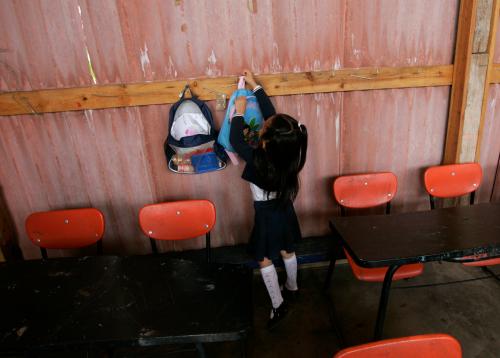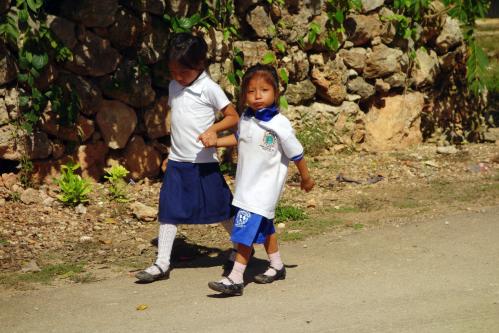Mexico is a multiethnic country with large groups of indigenous populations that experience disadvantages in education due to a quadruple burden of poverty, indigeneity, rurality, and gender. This policy brief proposes alternative practices for improving the educational opportunities for indigenous Maya girls living in the Yucatán peninsula in southeastern Mexico. Based on the experiences shared by the girls and their parents who participated in this research, this brief analyzes the main barriers, perceptions, and levers of support in these communities. The results of this study propose an alternative route to the educational development of populations marginalized by poverty and linguistic barriers, based on the opinion of Maya girls attending public schools at primary, secondary, and tertiary levels in the National Educational System in Mexico administered by the Secretariat of Public Education.
In this video, María Cristina Osorio Vázquez, 2017 Echidna Global Scholar, describes her work in education with Maya girls.
Education data on indigenous children, and girls, in particular, is limited. Moreover, while anecdotal evidence suggests that indigenous girls face major barriers, little research has explored, first-hand, these girls’ voices, perceptions, challenges, and needs.
Therefore, this study seeks to gain indigenous Maya girls’ and their parents’ perspectives on obtaining an education in three Maya communities in the Yucatán peninsula, which includes three of the seven states with the largest presence of indigenous populations in Mexico: Yucatán (51.8 percent), Campeche (22.7 percent) and Quintana Roo (30.4 percent), where Yucatecan Maya is the predominant group. Moreover, Yucatecan Maya is the second most spoken indigenous language in basic education (7.1 percent).
This study asked girls about their desires for the future, including their professional and educational goals and ambitions, and the challenges they often face as indigenous girls attending school. This study also explores parents’ perceptions of the value of education, as well as the obstacles they see and the concerns they have for their daughters’ education. Appendix 1 presents the research design and methodology for this study.
To ensure that indigenous girls are learning, it is vital to address the specific challenges that they face in their classrooms, communities, and homes. Indigenous girls need to be at the center of any program design, taking into account their contexts, needs, and aspirations. Thus, this research examines the first-hand perspective of indigenous girls’ in an effort to identify more practical and tailored approaches to ensuring they have access to a high-quality education. This policy brief also aims to identify key stakeholders that need to take action on specific policy solutions to promote the greater inclusion of Maya girls in the educational system and, more generally, to support indigenous girls’ education in Mexico.
The remainder of the brief is structured as follows: first, a discussion of the main constraints that the literature has identified that indigenous girls face in their educational path in Mexico. Second, an outline of current efforts to support girls’ school attendance. Third, a presentation of the key barriers, perceptions, and levers of support to Maya girls’ education as identified by Maya girls and their families in the Yucatán peninsula. Finally, the brief offers policy recommendations to implement a number of actions to increase educational opportunities for Maya girls.
Download Policy brief here »
The Brookings Institution is committed to quality, independence, and impact.
We are supported by a diverse array of funders. In line with our values and policies, each Brookings publication represents the sole views of its author(s).

